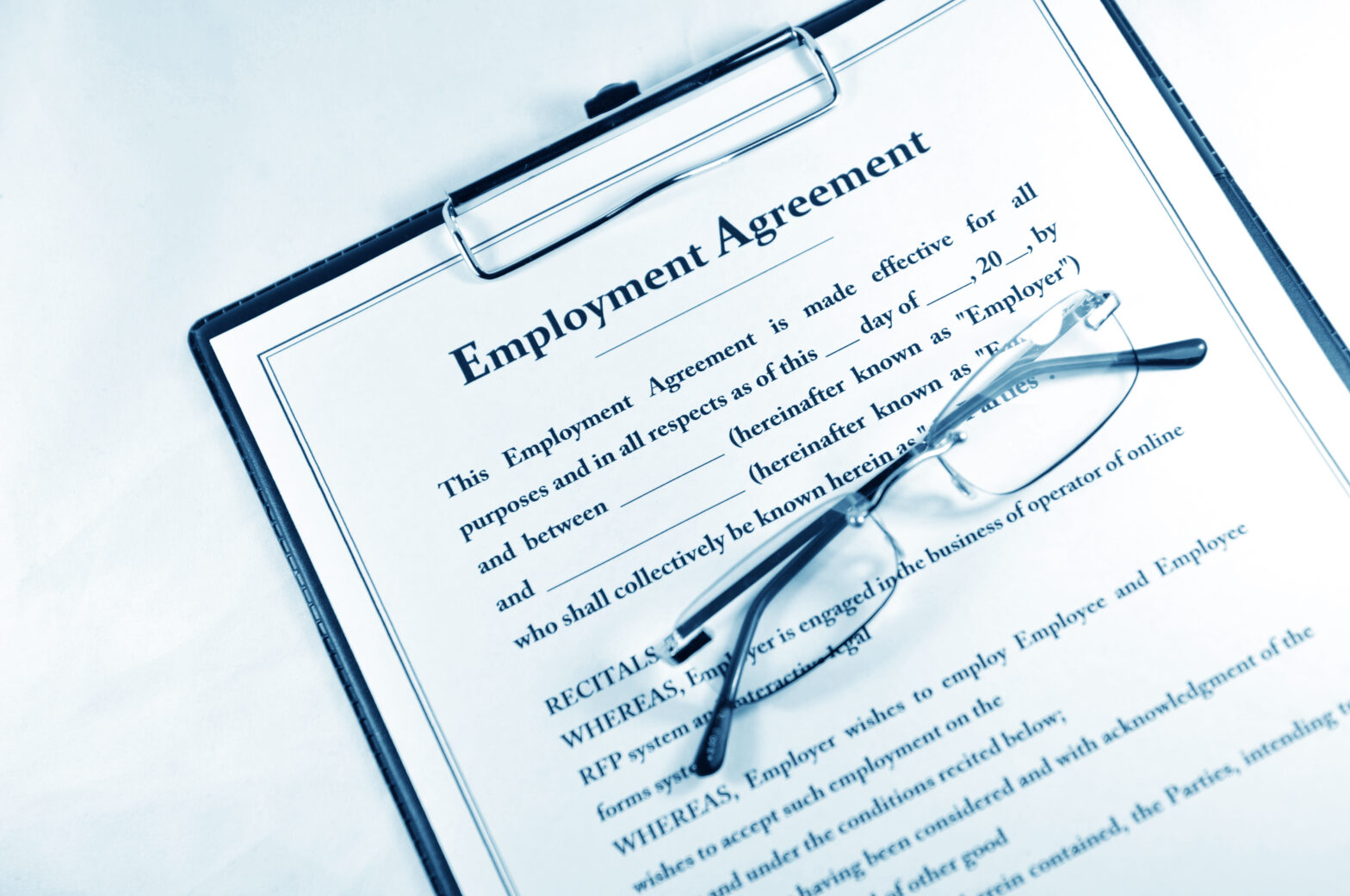Nearly two thirds (60 per cent) of workers don’t think that their employers are catering for their individual needs, according to new research from DBI Furniture.
Nick Pollitt, managing director of the firm truly believes that a lot more can be done to facilitate the needs of every employee making them feel as comfortable as possible in their working environment regardless of their personality traits.
It’s important to understand how different personality types thrive:
For example, introverts and extroverts Introverts dislike noise, interruptions and big group settings, they prefer time to think before speaking and benefit from building relationships and trust one-on-one. Space is important for them to focus and they much prefer individual projects.
Whereas extroverts gravitate toward groups and tend to think out loud becoming energised by personal interactions, social gatherings and shared ideas
To further understand the need to accommodate for these personality traits, Nick spoke to a range of business leaders who share their advice on catering to many:
Cherry Ainsworth, talent acquisition leader at PatSnap, says, ‘The modern work place, for the most part, does very little to accommodate for introverted individuals. Skills and characteristics that many associate with extroverts include big personality, taking risks and motivation. All of those are fantastic attributes but if applied to everyone, it can run the risk of becoming a team of big clashing characters, who lack direction and emotional sensitivity.’
How to make your office space work for everyone:
Pollitt explains how to create a workspace that caters for both introverts and extroverts, he suggests:
For introverts:
A huddle room where just two or three people can get together and concentrate on getting a project wrapped up or kickstarted
· A dedicated silent zone with hot desks for those who need quiet to concentrate
· Or an ‘intimate corner’ with comfy bean bags or a sofa
For extroverts:
Extroverts thrive on social situations, so you should aim to include common areas in your workspace and opportunities to collaborate in your office design.
· Video conferencing areas allows those who need to see and hear others to formulate ideas and work effectively with staff or partners in another location.
· Adjustable height desks with monitor arms allow for screen sharing and allow the extrovert freedom to roam and ‘spark’ with others.
· A large community table? It’s an ideal setup for extroverts to meet new people across departments each week, and offers introverts the chance to engage in social chitchat but disconnect without guilt after the break
Tom Craig, co-founder at Impression, says, ‘For me as a manager, it’s all about respecting individual differences. Our team is made up of a wide range of people, from different backgrounds, different ages, different experience levels. We also have people who are quieter and tend to keep themselves to themselves more, and those who are a bit more extrovert around the office.
‘What’s been really important for us as our team has grown is that we keep these differences in mind and accommodate everyone.’





